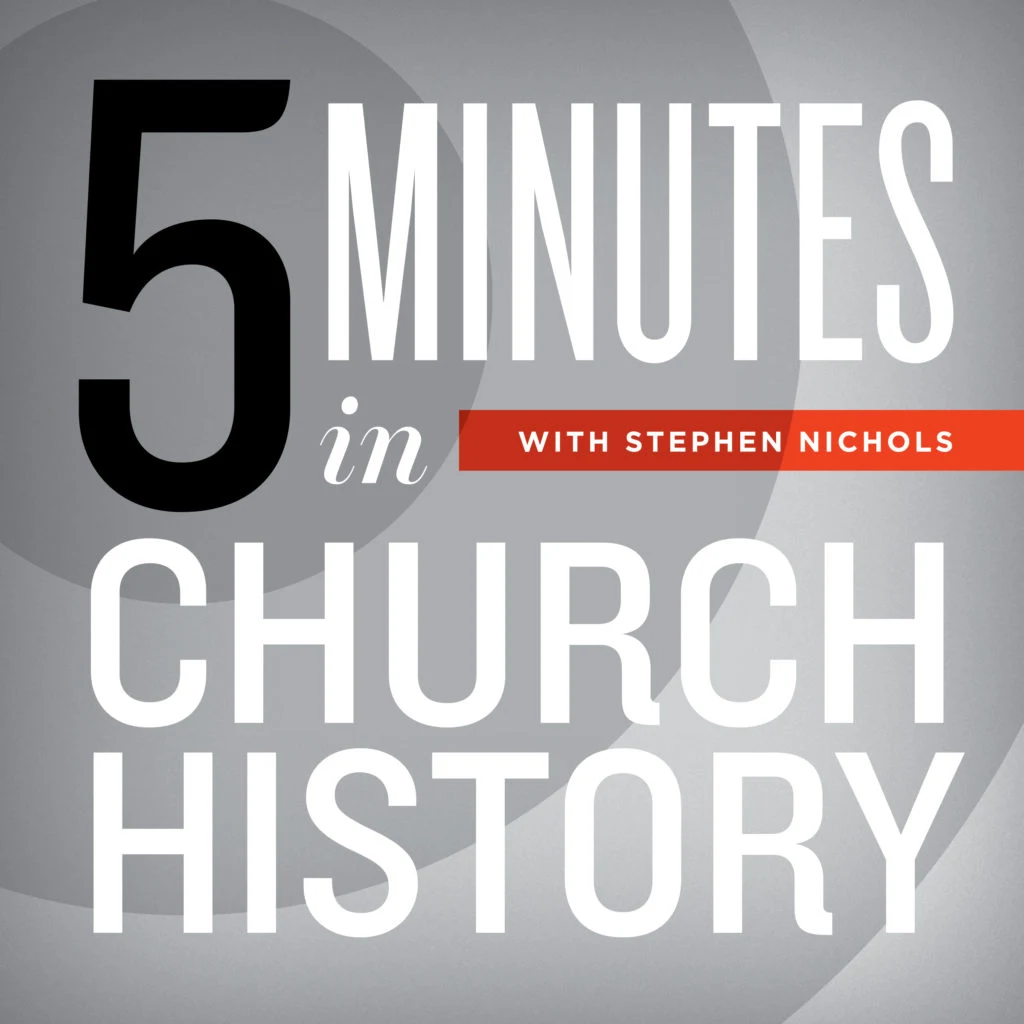Classical Tunes for Classic Hymns

Many of the hymns we know and love are paired with classical tunes. Today, Stephen Nichols explores how compositions from Beethoven, Haydn, Mendelssohn, and others have shaped our beloved hymns.
Welcome back to another episode of 5 Minutes in Church History. On this episode, we are looking at classical tunes for classic hymns. Let’s start with Christmas and the hymn “What child is this?” The tune for that hymn is a 16th century English melody known as “Greensleeves.” The full title was “A New Northern Dittye of Ye Lady Greensleeves” from 1580. It was used for a variety of songs. Shakespeare references it through his character, Falstaff. William Chatterton Dix used the tune for his hymn. Dix wrote that hymn first as a poem entitled “The Manger Throne” in 1865. He then paired it with the tune, renamed the hymn, and published it in 1871.
Moving from the 16th century to the classical era of music, we have another Christmas hymn, “Hark The Herald Angels Sing” by Charles Wesley. Charles Wesley originally titled this hymn, “A Hymn for Christmas Day,” and he wrote the first line as, “Hark! How all the Welkin rings.” Well, thankfully George Whitfield suggested an edit, and so we have “Hark! The Herald Angels Sing,” and that was in 1739. A century later, Felix Mendelssohn wrote the “Festgesang,” also known as the “Gutenberg Cantata.” For the 400th anniversary of Gutenberg’s invention. the tenor and church musician, William Hyman Cummings put Wesley’s century old hymn to Mendelssohn’s tune, and that’s how we sing it today.
Next up, let’s go to John Newton and his hymn, “Glorious Things of Thee Are Spoken.” Newton published it in his only hymnal in 1779. It gets paired with a piece by Franz Joseph Haydn. Haydn had written a tune for Francis II, the Emperor of Austria, and it is known as the “Austrian Hymn.” While Haydn was in England, he was very impressed by how the British were so galvanized by their anthem, “God Save the King,” so he wrote one for Austria, and then that tune got put to the hymn by Newton that celebrates the King of Zion.
Next up we have Gustav Holst and the “Planets,” Jupiter in particular, and a theme in the middle of Jupiter known as “Thaxted.” That tune has been put to the hymn, “Oh God, Beyond All Praising,” written by Michael Perry. So, we have a tune composed in the 1910s and lyrics written in the 1980s.
Stepping back in time, we have Beethoven and “Symphony No. Nine.” This is Beethoven’s final complete symphony. He wrote it from 1822 to 1824. It ends with the “Ode to Joy,” soloists, a choir, and a full orchestra. It may very well be the pinnacle of classical music. In 1907, Henry Van Dyke, Presbyterian minister, professor of English Literature at Princeton University, and an author, and I might add parenthetically, J. Gresham Machen’s nemesis, wrote a poem. He then paired that poem with Beethoven’s Ode to Joy, and so we have the hymn, “Joyful, Joyful We Adore Thee.” Van Dyke wrote that poem in Massachusetts, and he said he was inspired by the Berkshire Mountains and Beethoven’s tune.
Well, I should end there. We should all just stand up and sing together “Joyful, Joyful we Adore Thee,” but I have one more hymn for you, “Be Still My Soul.” It was written by Kathrina von Schlegel, an 18th century Lutheran hymn writer. We sing this hymn to a tune by Jean Sibelius, “Finlandia.” Sibelius had his own lyrics for it. At the time, 1900 Finland was under Russian control and Sibelius’s lyrics and his tune speak of better times. And so, a fitting tune indeed for this beautiful hymn and its first line, “Be still my soul, the Lord is on your side.” These are some classical tunes for classic hymns. And I’m Steve Nichols and thanks for listening to 5 Minutes in Church History.
Recent Episodes
A Little Church History of a Middle Colony: Early Influences
December 10, 2025|American Church History
Gunpowder and a Proclamation
December 3, 2025|Geographical Perspectives
Thanksgiving in Church History
November 26, 2025|American Church History
3 Sermons on the Hallelujah Chorus
November 19, 2025|General Church History
Charles Jennens’ Libretto
November 12, 2025|General Church History
Cyprian of Carthage: Crisis in the 3rd Century
November 5, 2025|General Church History
